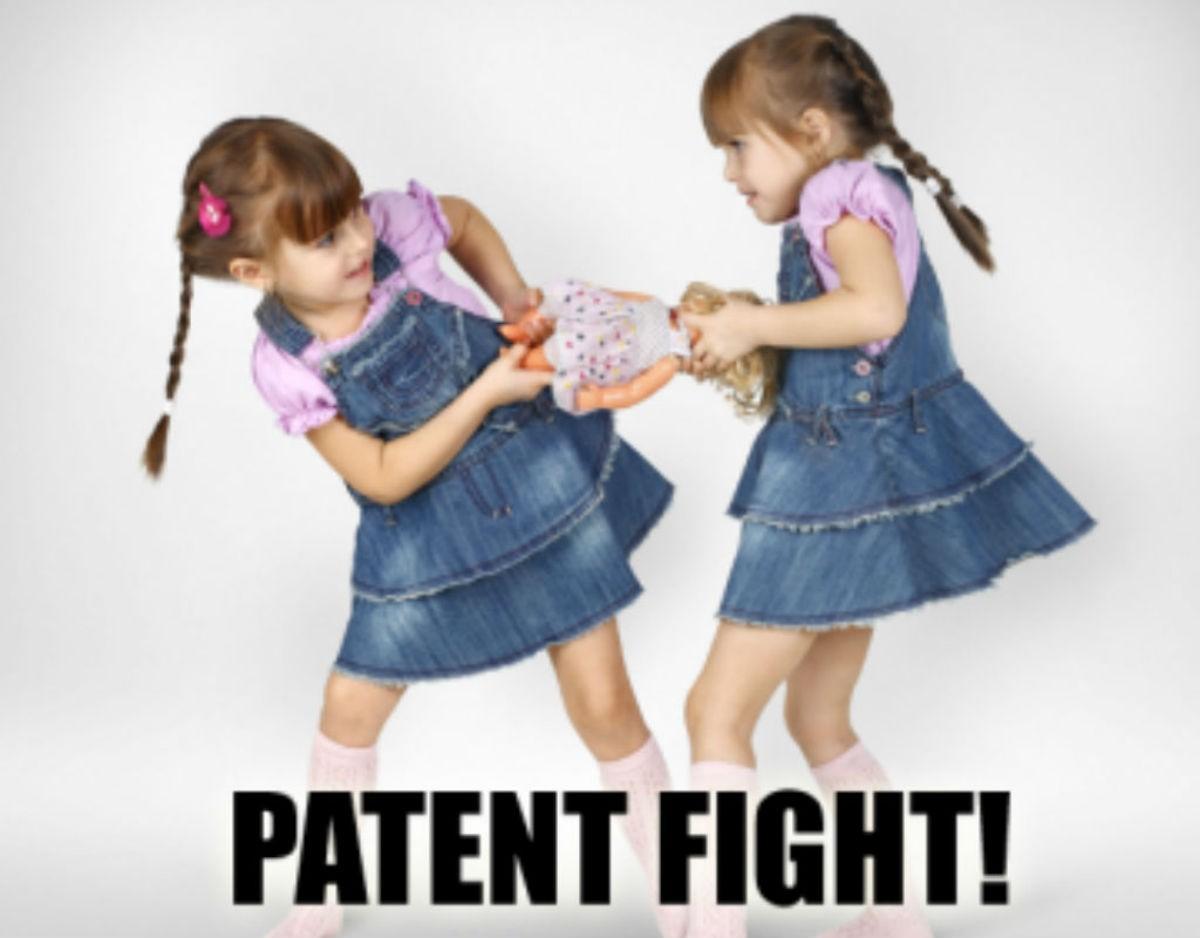In a 28-page order, U.S. District Judge George Wu followed up on his ruling earlier this month and dismissed BlackBerry’s wilful infringement and indirect infringement allegations against both Facebook and Snap. The U.S. District Judge knocked out claims from one of the seven challenged patents but otherwise denied Facebook’s and Snap’s motions to dismiss, albeit without prejudice to raising the motions again later in the case.
“Without more information, the court at this stage cannot conclude as a matter of law that the claims are drawn to patent-ineligible subject matter,” Wu wrote.
BlackBerry filed claims against Facebook and Snap earlier this year, which fired back with motions challenging several as covering “ancient concepts” such as “who gets a message, how it is sent and the manner of notification.”
The challenged patents cover displaying an icon that indicates the number of messaging correspondents who’ve sent unread messages; a system for pushing targeted advertising to a mobile device based on a triggering event; selectively displaying time stamps based on the time elapsed between messages; and using locations services to find nearby social activity.
Snap challenged the time stamp patent, U.S. Patent 8,301,713. arguing that courts, for one example, have been time-stamping documents for centuries and merely doing it on a computer doesn’t make it eligible for patenting.
Wu agreed that the patent’s three independent claims are ineligible, saying they used language that’s too broad.
“BlackBerry effectively concedes that there are no limits on what constitutes a ‘predetermined duration of time’” between messages”
Wu turned away the rest of Snap’s and Facebook’s challenges, relying frequently on the Federal Circuit’s recent Core Wireless decision that strengthened eligibility for graphical user interface patents, and its Berkheimer decision that discouraged early resolution of eligibility when factual disputes are in play.
Facebook had argued that merely displaying a number on an icon, as with the 8,209,634 message notification patent, is an unprotectable abstract idea. But Wu wrote that displaying “a very particular type of data in a very particular way” is not abstract after Core Wireless.
Facebook also argued that the targeted advertising patents, Nos. 8,296,351 and 8,676,929, recited a generic computer server for pushing out content in a conventional manner. Wu said it was too soon to rule on that challenge but wrote in a footnote that if the server does prove to be generic:
“legal authority would suggest that at least the independent claims of the ’351 Patent are drawn to patent-ineligible concepts.”
Finally, Wu left standing the patents on locating nearby social activity, despite Snap’s arguments that military generals have long studied the formation of nearby troops and news companies have reported on automobile traffic patterns.
“Snap’s examples do not allow for the same level of specific information tailored by location for a particular individual or the ability to adapt the displayed information based on changes in the individual’s location,” Wu wrote.
However, Wu was skeptical saying,
“the issue herein may not be a Section 101 problem at all but, rather, questions as to novelty, obviousness and/or enablement.”
While Wu dismissed BlackBerry’s claim for wilful infringement, he granted leave to amend pending discovery.
Full 28 Page Order
[better-wp-embedder width=”100%” height=”400px” download=”logged-in” download-text=”” attachment_id=”106074″ /]



